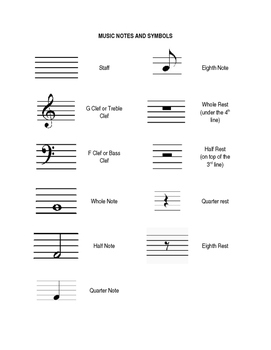

We cover all aspects of musical frequencies relating to notes on the piano keyboard and the intervals between notes. We’ve put together step by step guides for identifying the key of a piece of sheet music, find your own song’s key or even finding the key of an individual sample.In this article we unpick the key concepts relating to musical frequencies, and link these to the tuning of musical instruments and the creation of music, focusing particularly on drums and drumheads too. You can identify the name and root note of key by following the pattern of sharps and flats outlined in the circle of fifths. Keys are the harmonic and melodic context for the action in a song, they provide a template that helps musicians know what notes to play when playing with each other.Ī song may start and one key and end in another, or visit a different key before returning. The key of a piece of music is determined by a set of sharps or flats (accidentals) called a key signature.Ī key signature appears at the beginning of a line of music to indicate which notes must be altered from their original state to fit the key. It sets the pattern that makes up the principal major or minor scale and harmonic “home” of the song.
#Types of music keys how to#
We go through the most useful types of scales and how to apply them in our series of articles on scales.Ī musical key defines the group of pitches that will be used in a musical composition. Scales and chords are the main rudiments you need to understand to start making music. Scales have just as big an impact as chords when it comes to forming a song’s sonic identity. There are plenty of different scales out there, each with its own unique melodic signature. The minor scale follows the pattern tone-semitone-tone-tone-semitone-tone-tone.īut that’s only the beginning. The two basic scales are the major and minor, The major scale follows the pattern tone-tone-semitone-tone-tone-tone-semitone. This pattern determines the sound of the scale and the way it’s used in songs.ĭifferent scales bring different moods, emotions and characteristics to a piece-and allow for different melodic possibilities. Any melodic musical passage with a singable tune relies on a scale for its form.Ī scale is a sequential collection of notes with a specific pattern of tones and semitones. Scales are the raw material for melodies. Scales are the next major rudiment in music. Our chord resources cover everything from building basic chord shapes and getting started with chord progressions to adding richness and sophistication with extended chords. To do it well you’ll have to learn several concepts that deal with chords. Learning how to build individual chords and arrange them together is a skill you can improve by learning music theory. A musically pleasing sequence of chords is called a chord progression. Putting chords together in sequences is one of the basic parts of songwriting. The way the pitches combine within the structure of a chord and the way different chords interact with one another are defining parts of a song’s identity. You might already be familiar with major and minor-the two basic chord qualities. The type of intervals contained inside a chord determine its chord quality. The relationship between the pitch of two tones is known as an interval.


They occur whenever groups of consonant pitches are sounded together. Once you have the basis for building theory knowledge, you can dive into the pillars of musical practice.Ĭhords are the individual units of harmony.


 0 kommentar(er)
0 kommentar(er)
